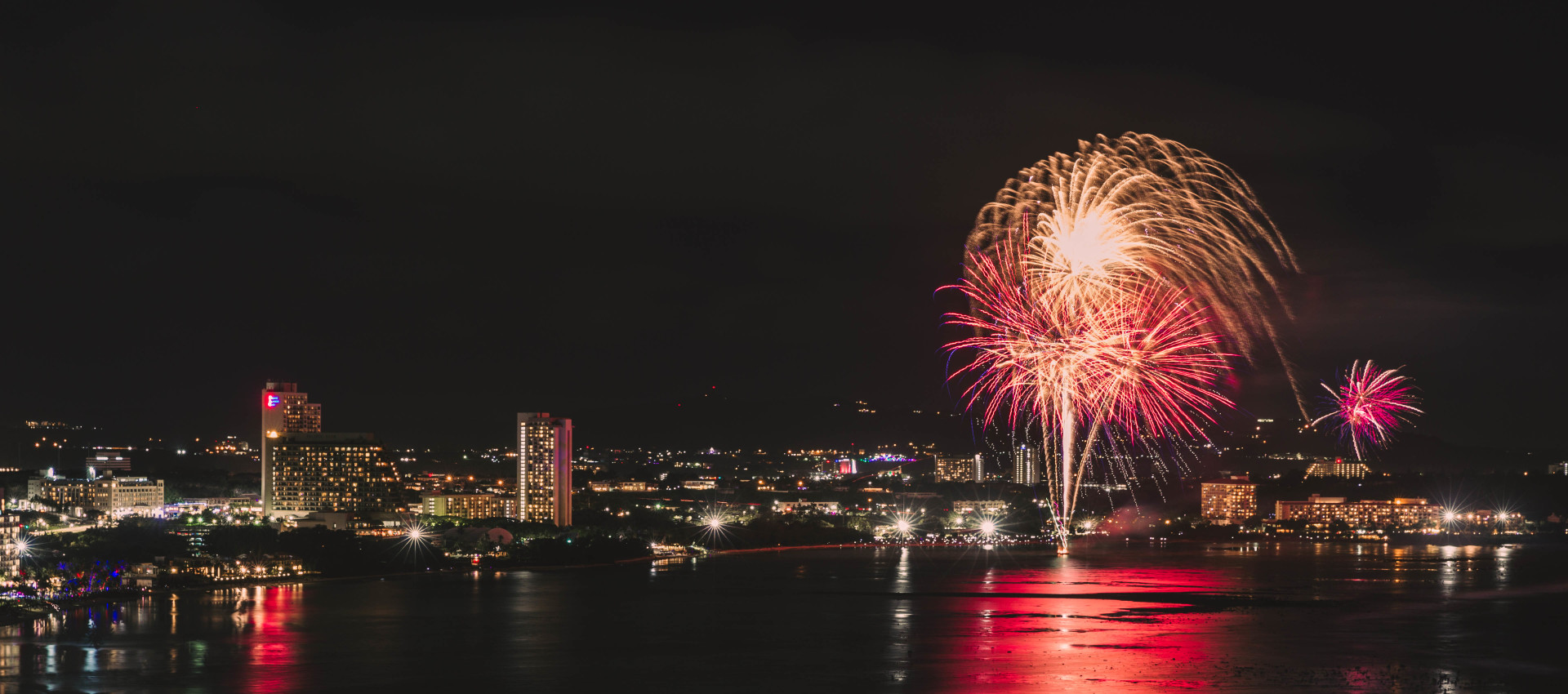Guam’s post-lockdown economic activity may have returned to “some semblance of normalcy or some notion of what it was before,” but unpredictable variables are clouding the long-term outlook for the island, Bank of Guam economist Joe Bradley said Wednesday.
“You want to know Guam’s economic future? I don’t know,” Bradley said candidly, speaking at the Rotary Club of Northern Guam’s meeting at the Hilton Guam Resort and Spa.
“There are too many moving parts to even pretend to forecast Guam’s economic future,” he added.
Bradley noted that 40% of Guam’s economy is based on tourism, whose recovery is dependent on travel demand.
“But who wants to go on vacation when you have to quarantine for two weeks,” Bradley asked.
He also noted that COVID infections “are getting worse rather than getting better” in Japan, Taiwan and South Korea, Guam’s main source markets.
“They have low vaccination rates,” Bradley said. “All the things that were promising before are not anymore.”
Taiwanese travelers aboard the second Air V&V charter flight arrive on Guam 12 July, 2021.
Guam tourism has officially reopened with the arrival of charter flights from Taiwan through the Guam Visitors Bureau’s Air V&V campaign, which is estimated to draw 2,000 visitors in July and August.
The Air V&V programme may be a good start but will not be auspicious enough to accelerate the island’s economic recovery.
GVB is projecting 130,000 arrivals in 2022. The projected number represents a small fraction of the 750,000 arrivals tracked last year. Guam received 1.6 million visitors in 2019.
“The only visitors we have now are from the states, military personnel and contractors,” Bradley said.
At any rate, the Air V&V campaign will help the hotel industry ease back into the market activity, Bradley said.
“Hotels are closed for 15 months and they are getting used to it again,” he said.
Bradley said the stimulus packages from the U.S. government have been an economic salvation for Guam.
“We would have far more severe problems if not for the stimulus funds,” he said.
Guam has received approximately US$2.5 billion in federal aid, including grants awarded to the local government, direct assistance to local businesses, stimulus checks and unemployment benefits.
In the mainland, Bradley said, the downside to the federal unemployment benefits is that “many employees refuse to go back to work because they get paid more” under the pandemic unemployment assistance program.
“In Guam, we have a different problem,” he said. “We don’t have enough jobs.”
Without federal assistance, the impact of the COVID-19 pandemic would have been unimaginable and might have caused an increase in robbery, Bradley said.
“We closed 40 percent of our economy. That had ripple effects because it affected thousands of employees,” Bradley said.
The business closures resulting from the COVID-19 pandemic have resulted in a 16.5% unemployment rate on Guam.
At the macroeconomic level, Bradley said the magnitude of disruption in the supply chain was comparable to World War II.
“We are so far out geographically in the supply chain. We are experiencing a shortage in supply. There are too many moving parts,” Bradley said.
